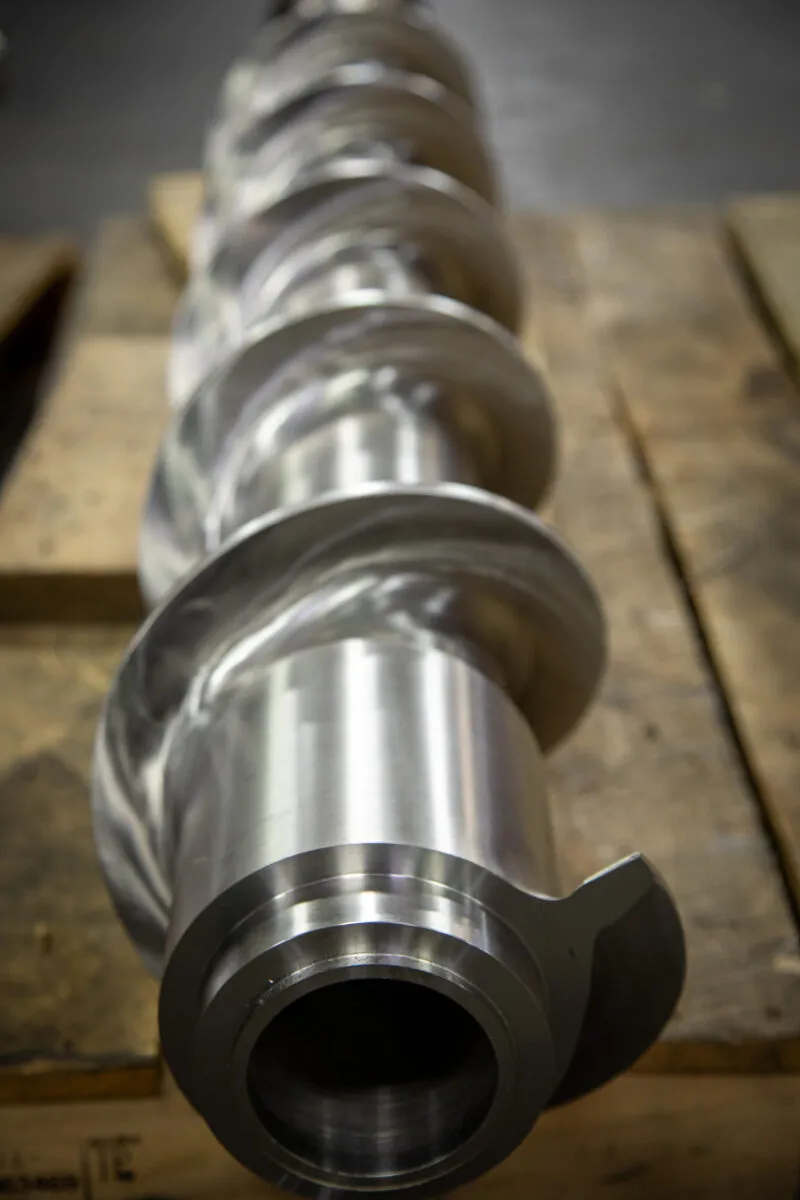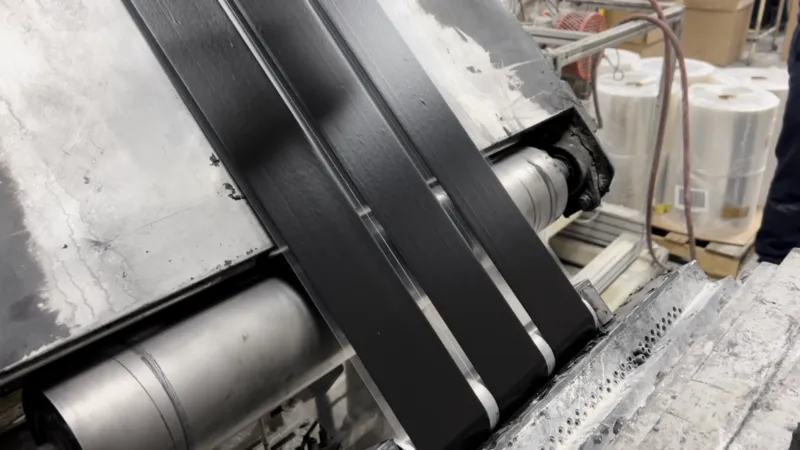
July 1, 2025
An Introduction to Single Screw Extruders
Explore the basics of single screw extruders—how they work, core components, advantages, and common manufacturing applications.
27th September 2024
The Bonnot Company has manufactured a line of extruders for processing butyl/mastic rubbers (butyl) since the 1950’s. The company recognized the need to offer processing extruders for this rapidly developing market. In keeping with a core principle of continuous improvement, these designs have evolved over time to remain the pre-eminent industry choice for butyl processing equipment/extruders.
Butyl is synthetic rubber (co-polymer) made from combining isobutylene and isoprene. Its properties include flexibility, durability, impermeability and chemical resistance, which makes it ideal for such varied applications as construction sealants, automotive components, vibration dampening, windows, solar panels, seals, gaskets and more.
The Bonnot Company offers a full line of machinery to process full batch sizes directly from mixers, pre-sized ‘slugs’ and more recently full bale feeders for high viscosity butyl.
Managing full batches directly from mixers is accomplished with our Live Bottom Feeder Extruder. The feed bed consists of four large diameter screws that accept the batch and process it into a perpendicular output screw for profiling. The bed dimensions can be customized to match the size of the batch from the mixer. The design includes independent variable speed drives on the feed and output sections which allows for very controlled throughput. The Live Bottom Feeder Extruder is often designed with temperature control zones including hollow feed and output screws and a jacketed bed and barrels. Temperature management of the butyl is key to optimizing process control. As with all the Bonnot systems, they can be configured with temperature control units (TCU) and full controls if desired. One of our customers recouped their investment with labor savings in less than a year, that’s quite an ROI!
The partial batch extruders, referred to as the Horizontal Extruders, are offered in various sizes depending on the desired output. They are also configured with dual drives (feed and output) providing optimal process control. The feed hopper on the 4” size (output screw diameter) machine contains a 13” diameter, interrupted flight feed screw, large enough to ingest ‘football’ size slugs, driven by a 10 HP variable speed gear motor. The 4” output screw is driven by a 25 HP variable speed gear motor. The system is fully jacketed (4 zones) and has a hollow output screw with a rotary union for temperature control. The output section can include a Bonnot profiling die to create a web to feed downstream take-off equipment for slitting and rolling.
The full and partial bale extruder designs are modelled after the Horizontal to process high viscosity butyl and other rubbers in a controlled fashion. A fundamental issue that many compounders face is how to introduce the butyl bale into the process in a controlled fashion. The traditional method has involved grinding, which is costly and often requires the addition of talc to prevent the ground pieces from knitting back together. The second-generation Horizontal design can ingest a full or partial bale, depending on the Extruder size, and process it in a controlled fashion into pellets or downstream equipment. The robust design incorporates an interrupted flight feed screw (18” in diameter for the full bale extruder) to masticate the bale. A fixed rake and counter rotating packer aid ingestion. The feed screw is a pressure sensitive design which allows for a feedback loop to automatically control the output by changing the RPM of the feed screw. The Horizontal can manage output variation at +/- 5%. If less variation is required, the addition of a screen changer and gear pump at the output can manage variation to +/- 1%. The Horizontal can be directly coupled to a twin screw compounding extruder.
With a full line of butyl extruders, The Bonnot Company welcomes the opportunity to serve your needs. Please contact us if we can be of any service.

July 1, 2025
Explore the basics of single screw extruders—how they work, core components, advantages, and common manufacturing applications.

September 27, 2024
The Bonnot Company has manufactured a line of extruders for processing butyl/mastic rubbers (butyl) since the 1950's. The company recognized the need to offer processing extruders for this rapidly developing market. In keeping with a core principle of continuous improvement, these designs have evolved over time to remain the pre-eminent industry choice for butyl processing equipment/extruders.

September 19, 2024
The Bonnot Company has a variety of custom extruders designed for bulk feeding of rubbers, both natural and synthetic, silicones, butyls and mastics. Regardless of the batch size or material viscosity, there is a solution available. If one of the company's standard designs does not meet your needs, a custom solution is developed. Customized solutions specifically tailored to a customer's needs are a core competency of ours and competitive advantage.
